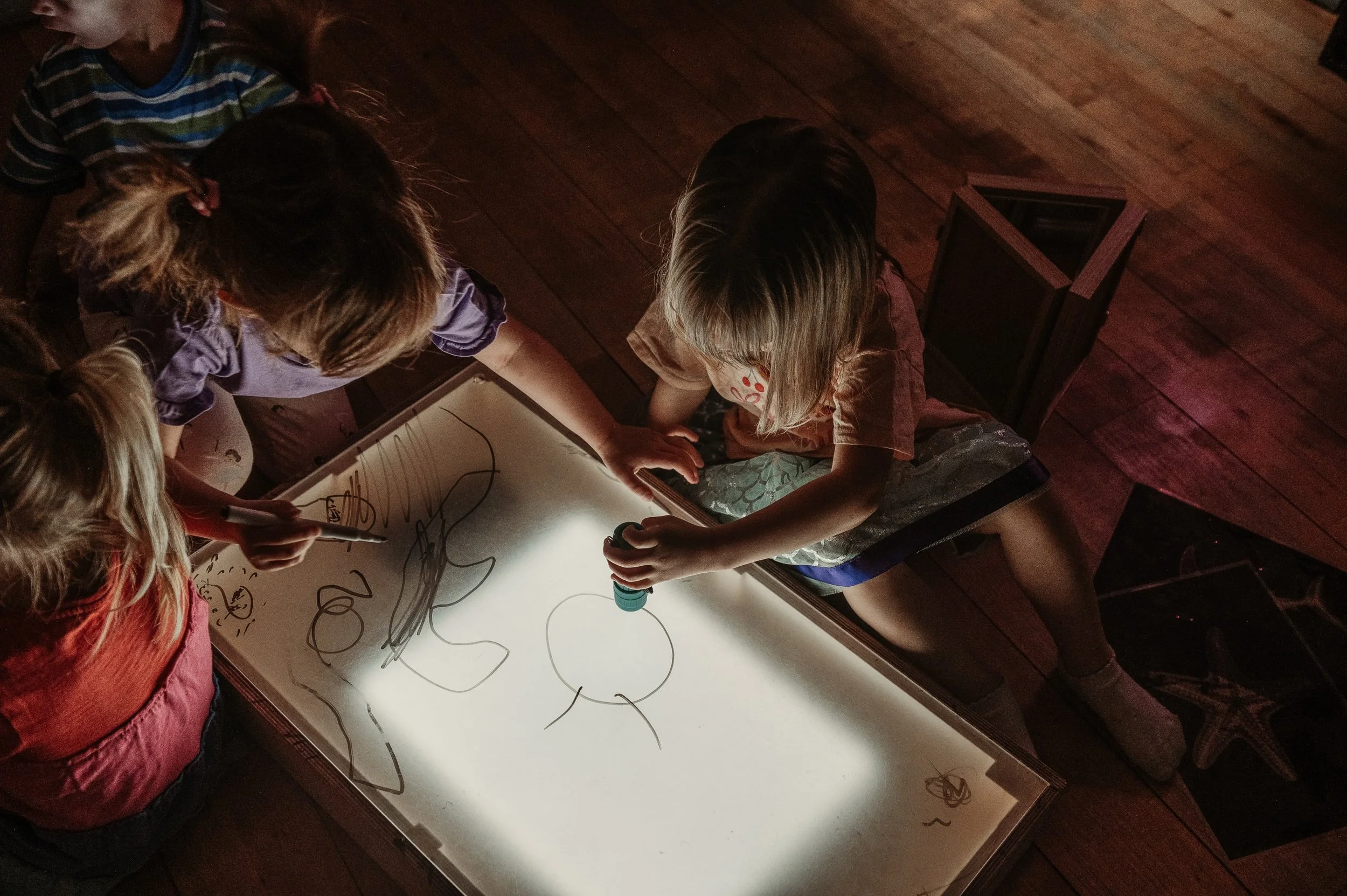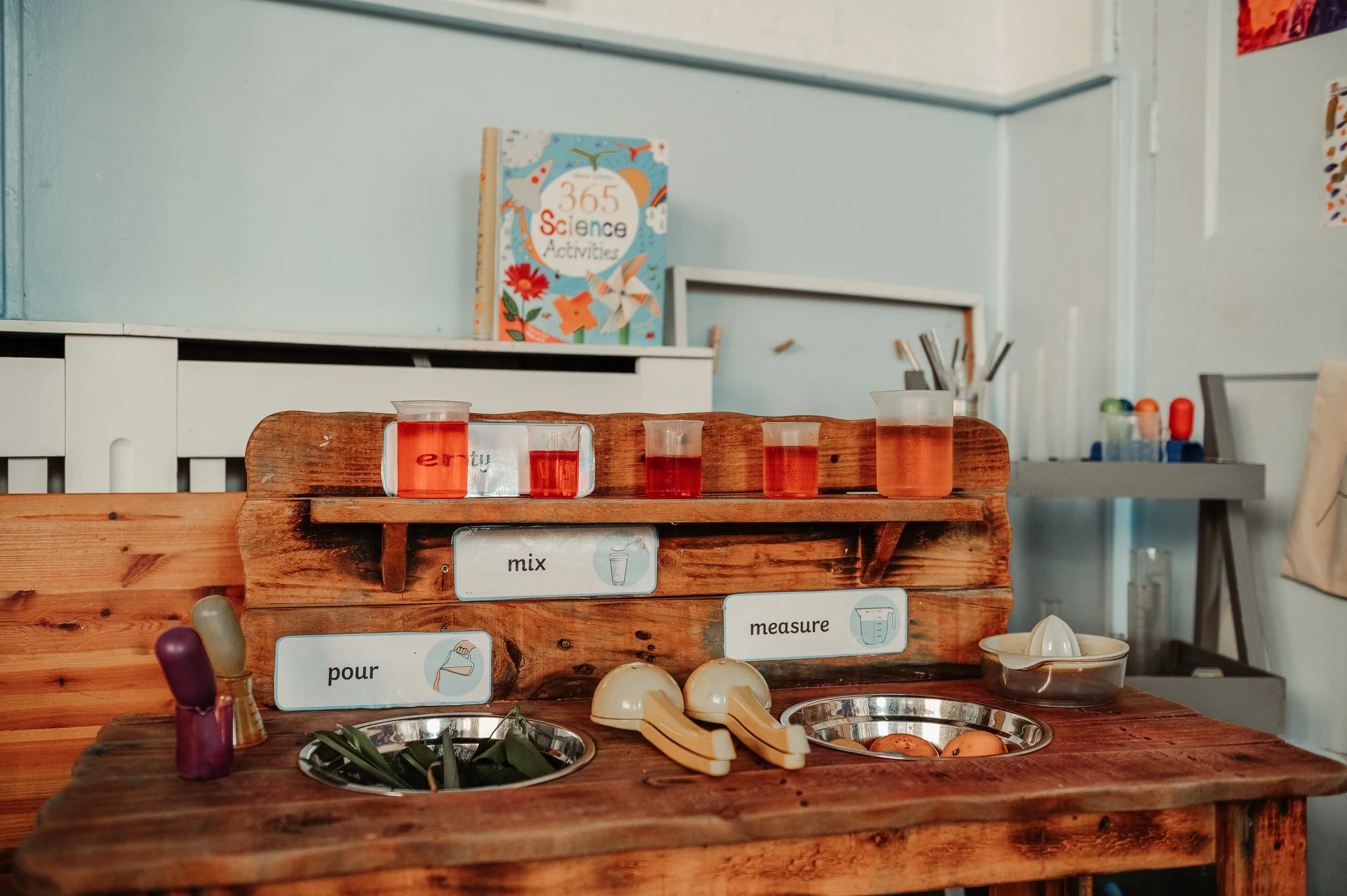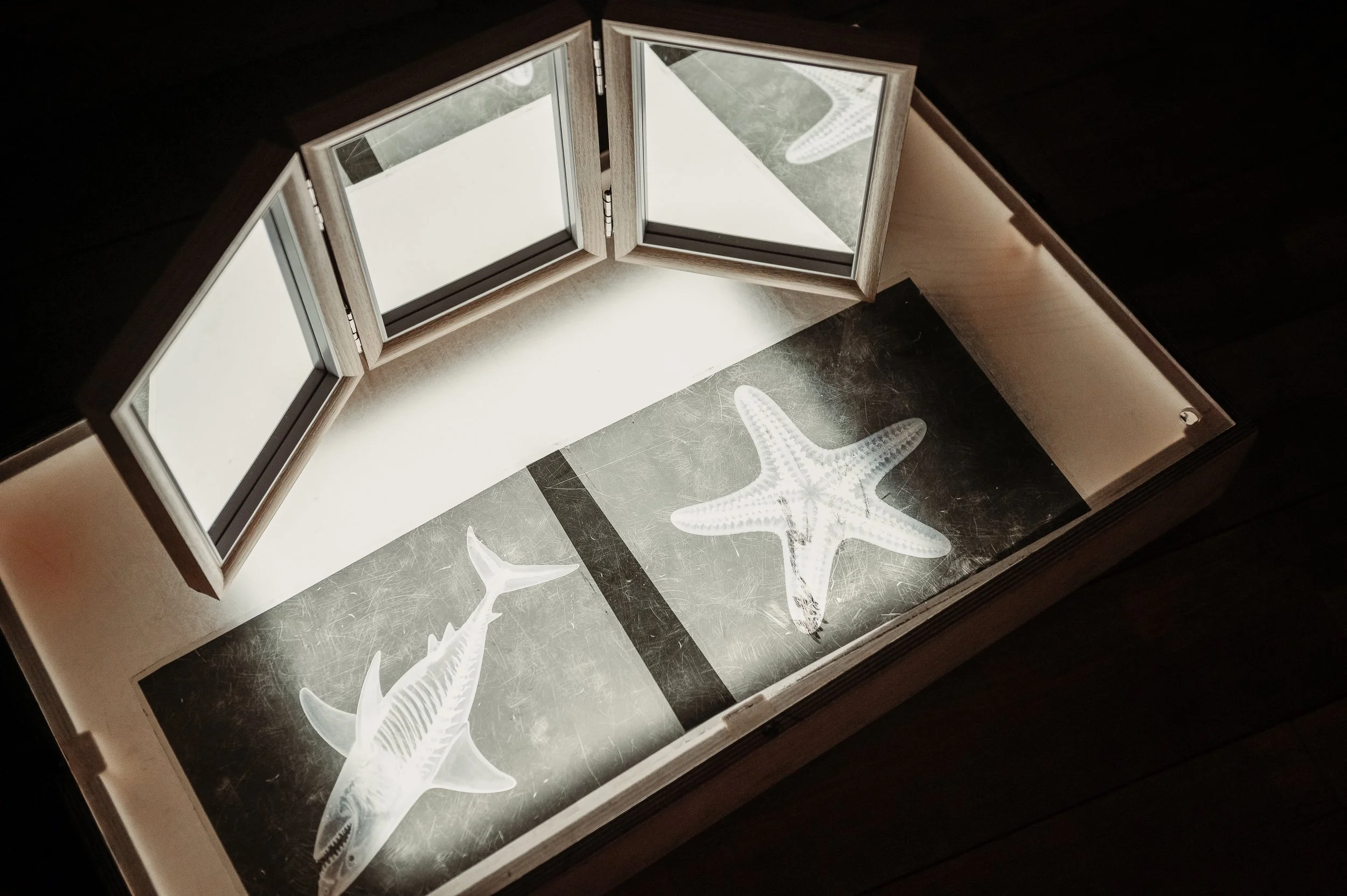
STEM
Science, technology, engineering, and mathematics known as STEM, opens exciting worlds of discovery, creativity and problem-solving. Introducing the children to these topics in our settings helps build their confidence and curiosity.
STEM is a natural part of children's daily lives as they ask questions, explore their surroundings, and figure out how things work. Children are naturally curious and when activities intentionally consider the STEM, they help to build the foundations for science (developing process skills), technology (using tools of any sort), engineering (acquiring habits of mind), and mathematics (strengthening spatial reasoning and number sense).
The philosophy of play-based learning emphasizes the role of children’s interests. Learning experiences arise from children’s questions and explorations. STEM is child-centred, hands-on learning. It encourages curiosity and exploration and promotes critical thinking, problem-solving, collaboration, and interdisciplinary exploration. We explore a range of STEM activities, but beyond what is learned, we incorporate crucial skills intrinsic to the sciences in a variety of other ways.
Children are tasked with forming an idea or hypothesis about their topic of interest. The children are given the opportunity to test their hypotheses and reach conclusions about them. Of course, this is all facilitated in a fun, play environment to increase engagement.
Our journeys are central to our approach, allowing children to explore in-depth over extended periods. Whether it’s seeing which colours combine to make other colours or investigating their senses with different textures, tastes or scents, project-based learning inspires children to investigate and seek their own answers. Children develop skills such as observation and analysis.
Our environment is important to the children’s learning and is designed to inspire and create an inviting atmosphere for engagement. As children develop, their interest and understanding of their surroundings grow. They become more motivated to explore their environment and use it to make sense of the world. Making STEM activities more accessible is a critical aspect of the of our thinking. We allow children to not just play with doh but be responsible for making their own, taking about textures, experience cause and effect as it is cooked and mixing colours. Equipment such as torches to create shadow and light boxes are selected to invite play and investigation into these subjects. By enticing children to engage with their environment, we allow them to choose STEM activities spontaneously.

